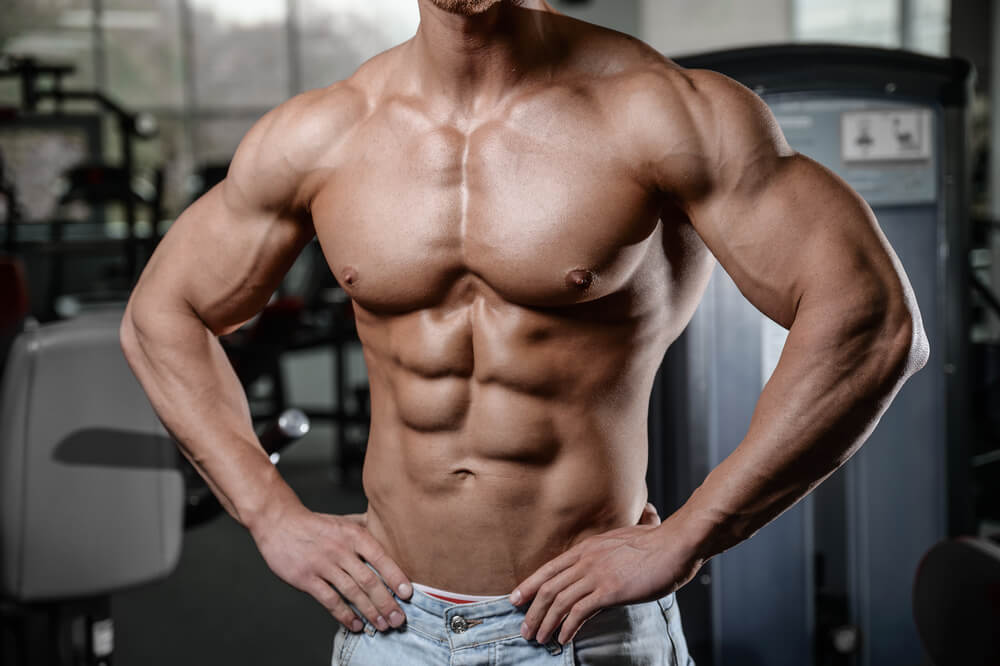Hidden causes of low back pain and sciatica – part 3: your chest

Posted 15.02.2020
So far in this mini 4 part blog series we have seen how problems higher up in the neck, and then lower down in the ankles can be contributing factors for causing low back pain and sciatica. Well this next one inspired my favourite saying to patients, that
‘Every back has a front!’
In terms of cause and effect we see that the cause is often somewhere completely different to where the resulting problem is – and that is why all of these problems are classed as ‘unusual’ as on first thoughts we would always say ‘no it can’t be that!’ So let us see what’s next…
The third ‘hidden cause’ of low back pain and sciatica is tightness in the chest.
If you’ve been paying close attention to the previous articles then you already know how this links to low back pain don’t you?! Lets explain a little more though so we understand why – if we know why then we can always do a better job at correcting the true problem and improving our health.
To fully understand this link we need to know a few things:
- Contraction in muscles will physically make them shorter (just contract your biceps and you can see it get shorter)
- Short muscles held in that position for a prolonged period of time will stay like that and develop deeper set stiffness and tightness, meaning it is harder for them to revert back to full length.
- The pectoral muscles in the chest when contracted pull the shoulders forwards making them rounded
- This sets up a) tightness in the thoracic spine (mid back) and b) a stooped posture
If we put all of that together we can see that if your posture is not great and the chest is tight, it pulls the shoulders forwards, rounding them and curving the back – which further feeds the cycle of poor posture. Can you imagine the powerful little bird pictured above with the same problem?!
For us this then puts excessive strains on the lower back either by rounding the spine forwards (everyone knows you shouldn’t lift with a rounded back, so why should you sit or walk with one?!) or through a movement compensation (if the mid back isn’t moving much, then the low back has to move more to compensate).
In any typical course of treatment at the clinic we treat the lower back first to get rid of the effect (painful muscles, locked up joints, bulging discs etc) but then in my opinion the most important part is treating the underlying causes – otherwise people are just walking out with a temporary fix and in a possible cycle where it will just come back again.
*Expert tip – if you are self managing then you really need to learn to stretch your chest and improve your flexibility in the thoracic spine to help minimise the chances of getting lower back pain.
In clinic we will treat your chest muscles to release them and show you safe and effective ways to maintain and improve on this at home.
See you in clinic for your next adjustments.
Andrew Harlow – Derby Chiropractor
Other posts
Andrew made me feel comfortable immediately, listening carefully and giving me time to explain my concerns. He asked questions to elicit the exact nature of my problems and after treatment gave me advice on how to avoid problems in the future. His understanding, patience, and holistic approach has ensured I got better after treatment and also am able to keep active and fit. - Kate Tollervey
I have seen a lot of people over the years and like Andrew’s approach as he is extremely logical and always finds the root cause of the problem. Very happy to be back on the golf course. - Sam Warrington
Andrew dealt with me in a professional manor and was incredibly knowledgeable and thorough in his treatment. Highly recommended. Thank you very much. - Christine Charles
I have been treated by him over the last 6 years and have always been very impressed. - Robert Cooper
